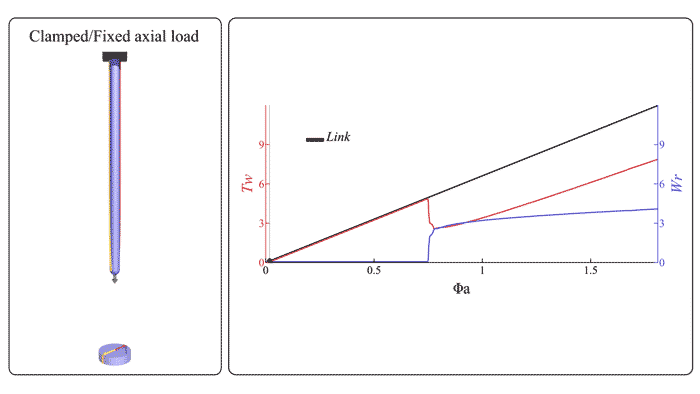Robotics is one area of technology that’s excelled phenomenally in the past decade. Not only are they being used to power machinery and drive cars, but they’re also being used to power artificial muscles. But before this technology is released into the public health domain more needs to be understood about the mechanics of it all.
And that’s exactly what a group of researchers from the Harvard John A. Paulson School of Engineering and Applied Sciences (SEAS) is doing as they discover some of the basic physical properties of artificial muscle fibers.
“Thin soft filaments that can easily stretch, bend, twist or shear are capable of extreme deformations that lead to knot-like, braid-like or loop-like structures that can store or release energy easily,” said L. Mahadevan, the Lola England de Valpine Professor of Applied Mathematics, of Organismic and Evolutionary Biology, and of Physics.

In their experiments, the researchers have exploited this fact to develop prototypical artificial muscle fibers. While the mechanics of how these fibers all come together is still not entirely clear, the study does at least explain the theoretical principles underlying these transformations.
“Soft fibers are the basic unit of a muscle and could be used in everything from robotics to smart textiles that can respond to stimuli such as heat or humidity,” said Ph.D.
This recent research demonstrates the complex morphology of twisted and stretched fibers and provides guidelines as to which are the best designs to use. The researchers also discovered how different degrees of twisting and stretching result in the formation of different shapes. They found that in order for a coil to form, a good pre-stretch is essential. After demonstrating this they then modeled how these coils can be used later on in mechanical work.
The research is essentially an experiment to see how soft filaments respond to different stretching and twisting. “Going forward, our work might also be relevant in other situations involving tangled filaments, as in hair curls, polymer dynamics and the dynamics of magnetic field lines in the sun and other stars,” said Mahadevan.
Photo by Scott Webb

